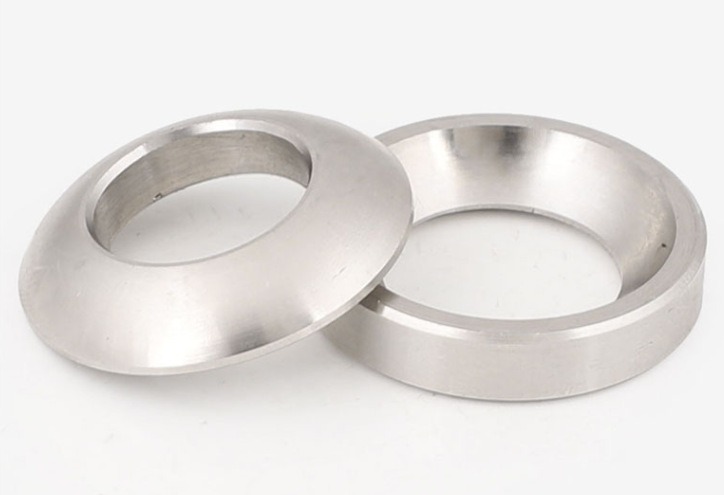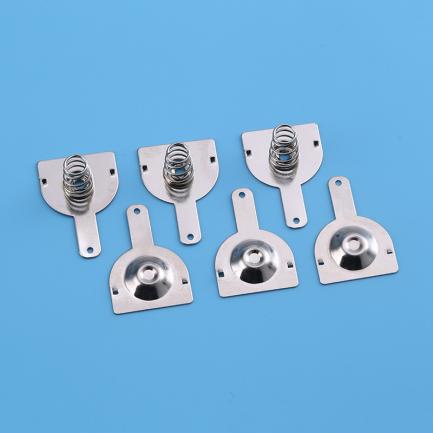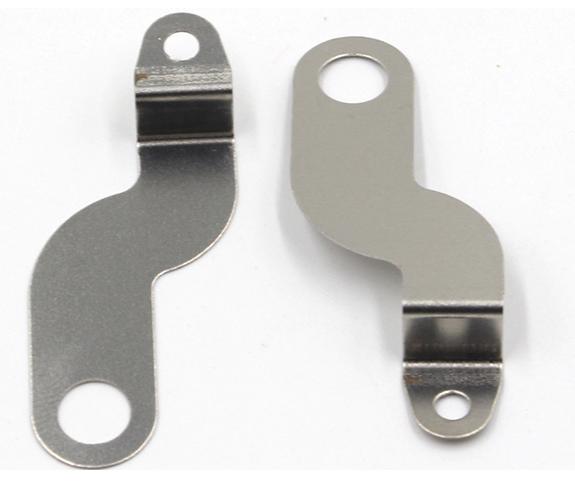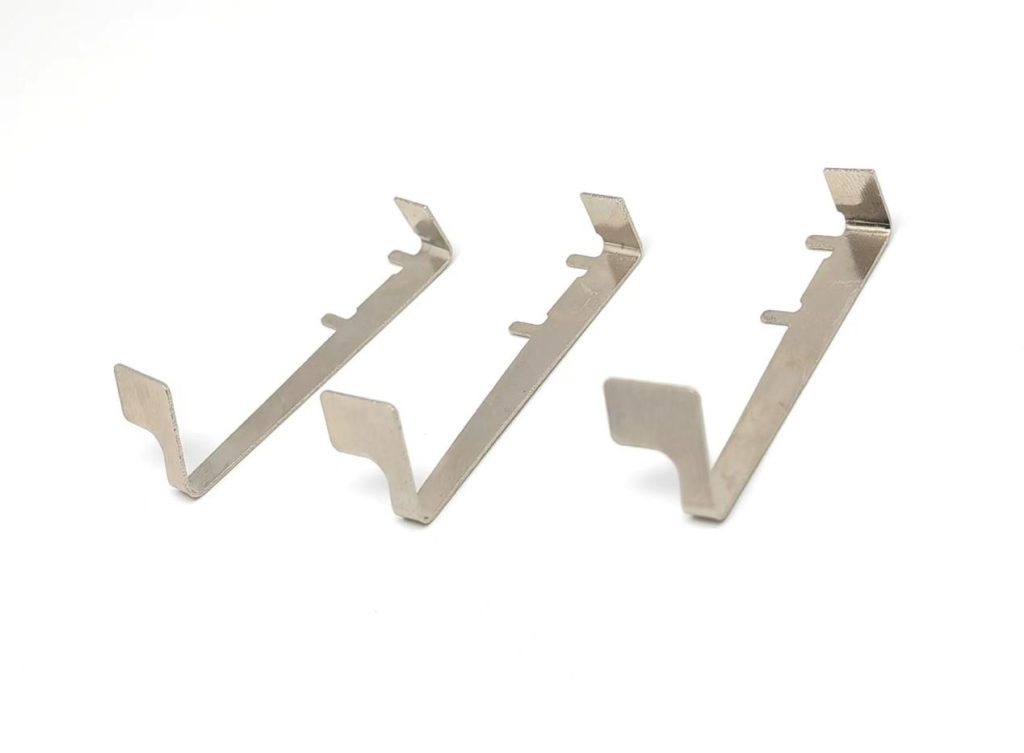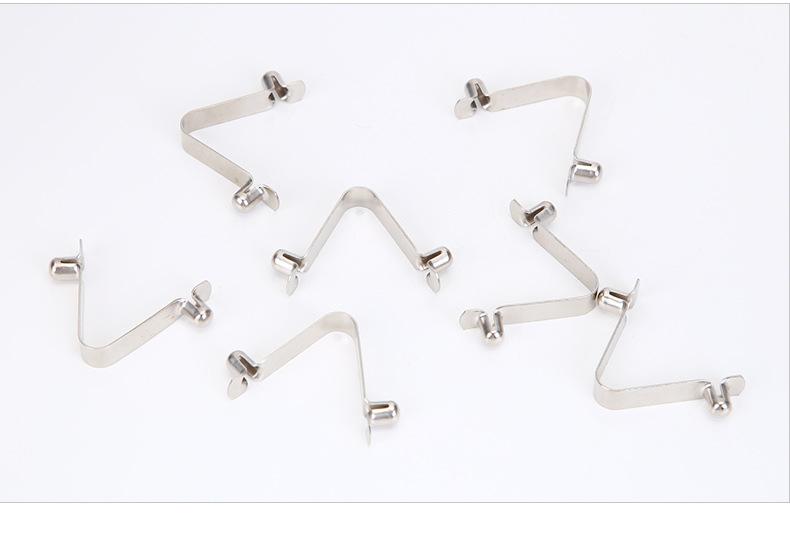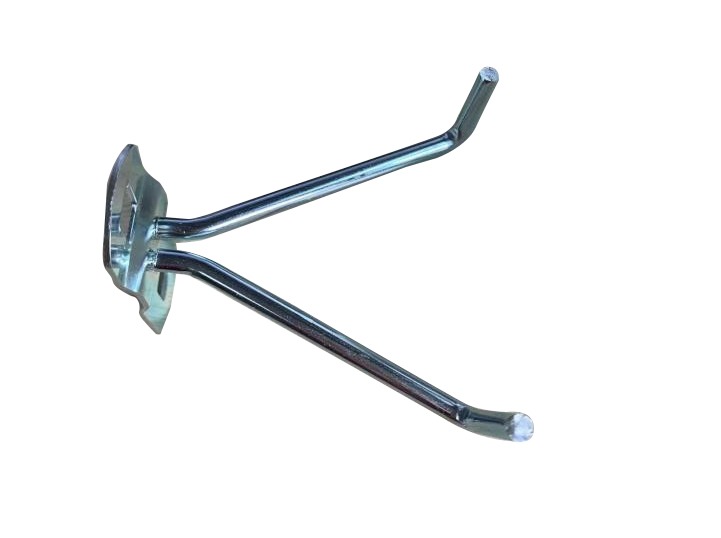Mastering the Metal Stamping Process: Key Steps, Techniques and Troubleshooting
Metal stamping is a versatile and widely used manufacturing process in which sheet metal is transformed into desired shapes and forms. From automotive components to household appliances, metal stamping finds applications in various industries due to its efficiency and cost-effectiveness. In this article, we will delve into the metal stamping process, exploring the key steps involved and the techniques used to achieve precision and quality.

Key Steps of the Metal Stamping Process
- Material Preparation:
Before the metal stamping process begins, careful material selection and sourcing are vital. Different metals, such as steel, aluminum, and copper, offer distinct properties that influence the final product’s strength, durability, and conductivity. Once the suitable material is acquired, it is prepared in the form of coils or sheets, ready for feeding into the stamping press.
- Tool and Die Setup:
Design and engineering considerations are paramount in this step. Skilled professionals create the dies, which are specialized tools used to shape the metal. The dies are carefully crafted to match the desired product design and ensure precision throughout the stamping process. Tooling preparation involves die assembly, alignment, and calibration to achieve optimal performance.
- Metal Stamping Operations:
Metal stamping encompasses various operations that shape the material. Blanking involves cutting the outline of the desired part from the metal sheet. Piercing creates holes or perforations. Forming molds the metal into the desired shape, while bending achieves angled or curved features. Coining involves applying high pressure to create precise, intricate details. Deep drawing pulls the metal sheet into a die cavity to form complex, three-dimensional shapes.
- Secondary Operations:
After the primary stamping operations, secondary operations are often performed to refine the parts. Trimming removes excess material from the stamped part. Deburring eliminates sharp edges or burrs that may result from the stamping process. Hole punching and notching create openings or specific features required for the final product.
- Inspection and Quality Control:
To ensure the integrity, inspection and quality control of metal stamping parts play a crucial role. Dimensional accuracy checks are conducted to verify that the parts meet the specified measurements. Surface finish evaluation ensures the desired texture and appearance. Defect detection and sorting processes help identify and eliminate any defective parts, maintaining high quality standards.
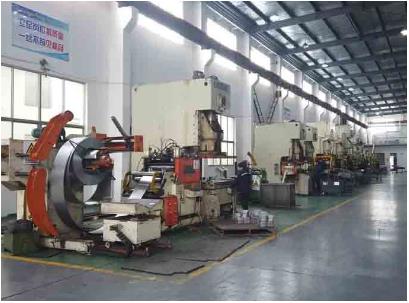
Techniques Used in Metal Stamping Process
- Progressive Stamping:
Progressive stamping is a highly efficient technique used for high-volume production. It involves a series of consecutive stamping operations performed in a progressive die. As the metal strip advances through the die, each station performs a specific operation, gradually forming the desired shape. Progressive stamping offers cost-effectiveness, reduced material waste, and increased production speed.
- Transfer Stamping:
Transfer stamping is another technique suitable for complex parts or low- to medium-volume production. Instead of a single strip progressing through the die, individual metal blanks are transferred from one station to the next, where various stamping operations are performed. Transfer stamping allows flexibility in handling larger or thicker materials, enabling the production of intricate parts.
- Deep Drawing:
Deep drawing is employed when creating cylindrical or box-shaped parts with significant depth. The process involves pulling the metal sheet into a die cavity using a punch, shaping it into the desired form. Deep drawing offers excellent material utilization, allowing the creation of seamless, hollow structures like kitchen sinks or automotive fuel tanks.
- Blanking and Piercing:
Blanking and piercing techniques focus on cutting and creating holes in the metal sheet, respectively. Blanking removes the desired shape from the sheet, while piercing creates openings or perforations. These techniques are often utilized as primary operations before further forming or assembly processes.
- Coining:
Coining is a precise technique used to create intricate details and fine features on stamped parts. It involves applying high pressure to the metal between specially designed dies, shaping the material with extreme accuracy. Coining is commonly used in industries that require precise embossing, engraving, or decorative elements on their products, such as jewelry or high-end consumer goods.

Troubleshooting in Metal Stamping Process
Despite careful planning and execution, challenges may arise during the metal stamping process. Common issues include material fractures, wrinkling, springback, or misalignment. To address these problems, a systematic approach to troubleshooting is essential. Problem identification and analysis help pinpoint the root causes, allowing for effective solutions. Techniques like adjusting press settings, modifying tooling design, or optimizing material properties can resolve many stamping issues and improve overall production efficiency.
Conclusion
Mastering the metal stamping process requires a thorough understanding of its steps and techniques. From material preparation to tool and die setup, each stage plays a vital role in achieving accurate and high-quality stamped parts. Techniques like progressive stamping, transfer stamping, deep drawing, blanking, piercing, and coining offer versatility and efficiency in creating a wide range of products. By incorporating troubleshooting and problem-solving approaches, manufacturers can overcome challenges and enhance their stamping operations. With its widespread applications in industries such as automotive, aerospace, and electronics, metal stamping continues to be a reliable and cost-effective manufacturing method, shaping the future of product development and innovation.

